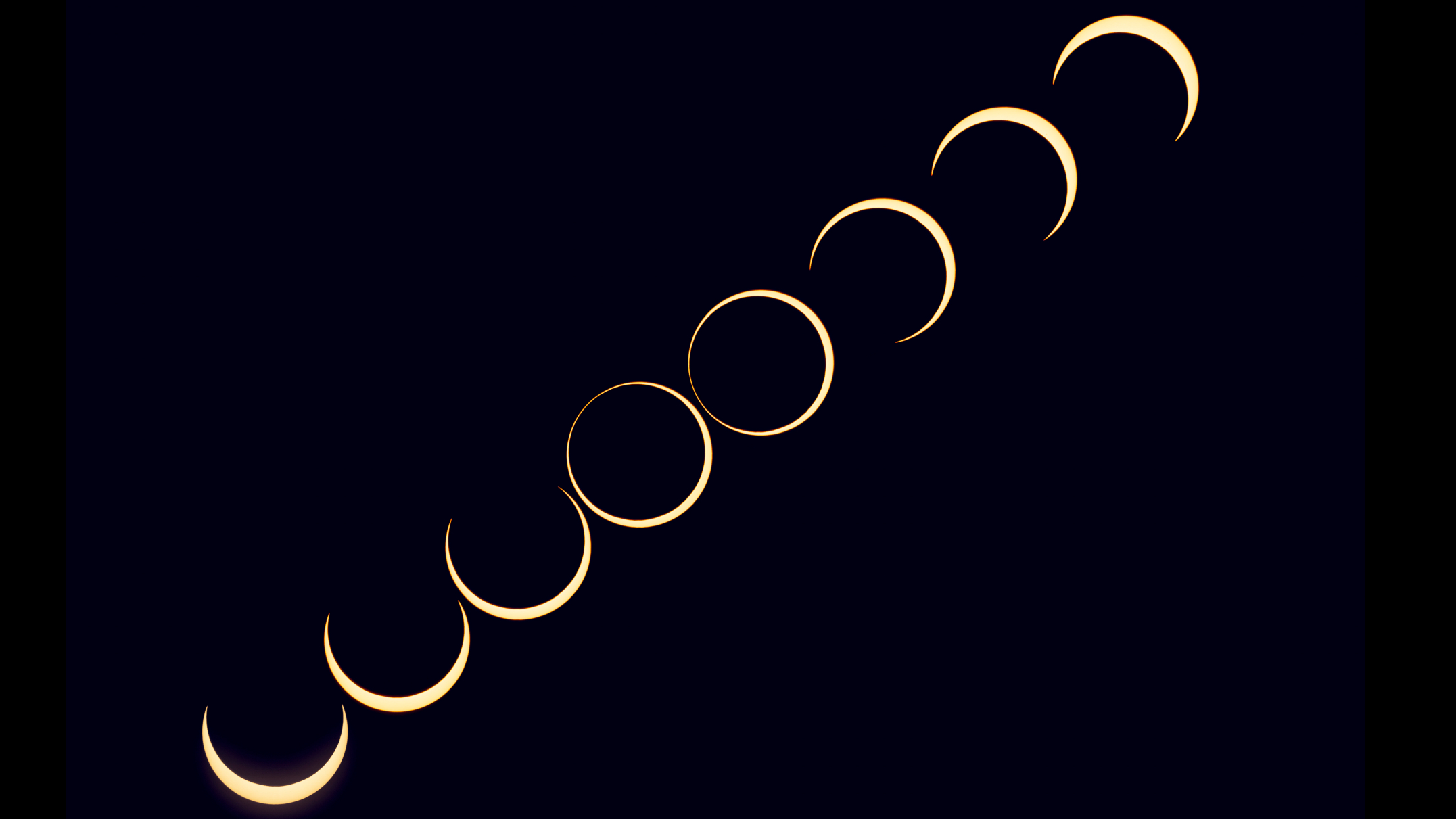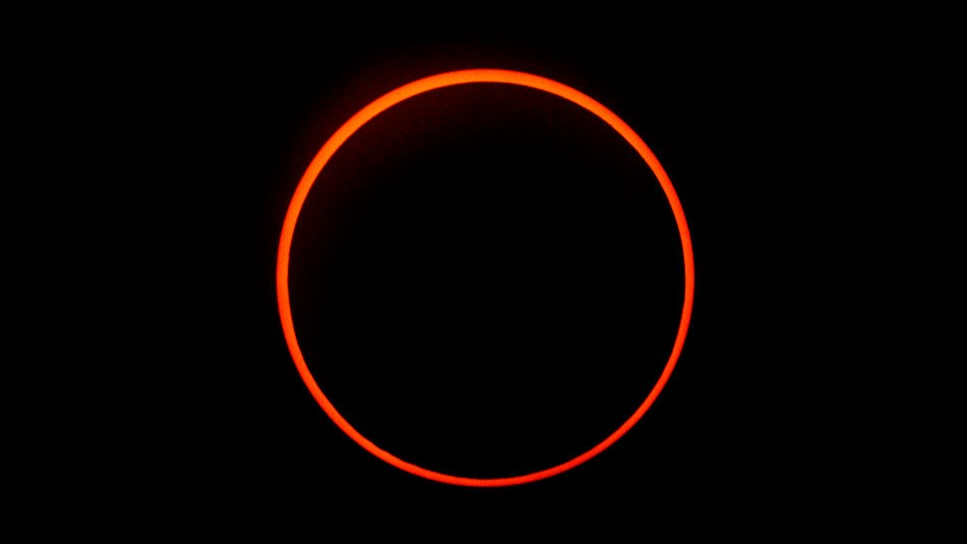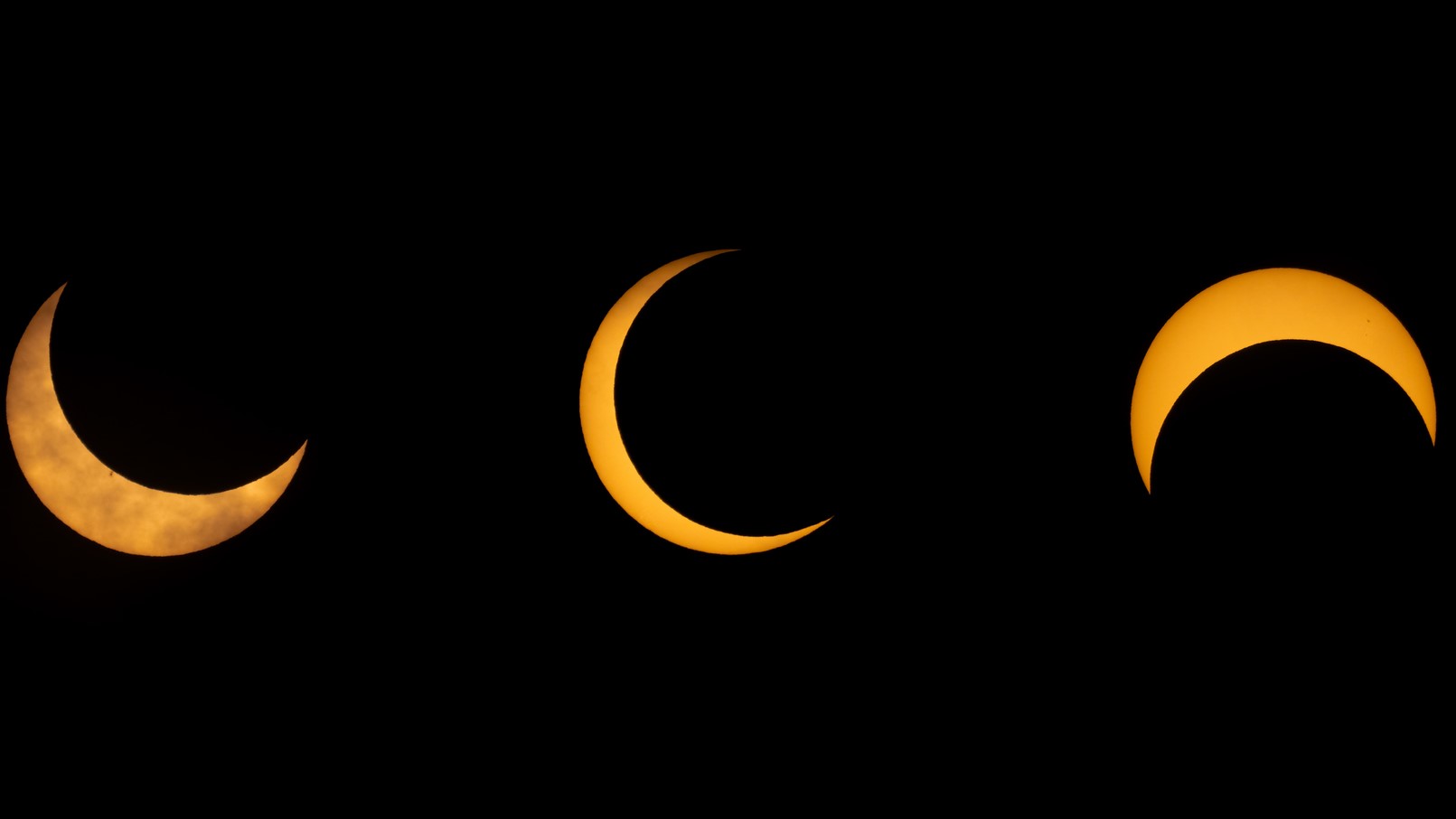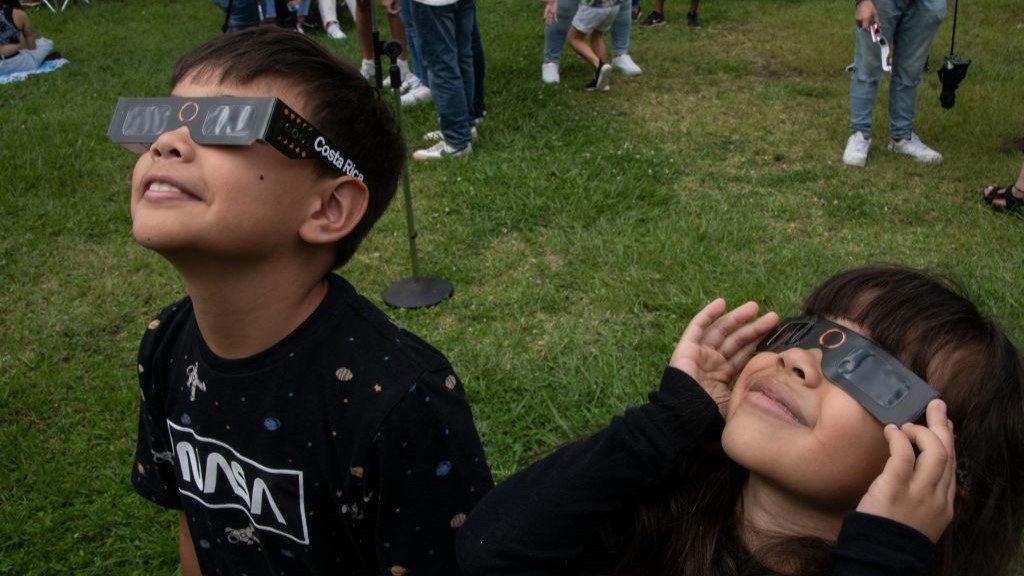
There's just one month to go until the annular solar eclipse 2024 is visible over parts of the Pacific Ocean, southern Chile and southern Argentina.
At 11:42 a.m. EDT (1542 GMT) on Oct. 2, the moon will begin to turn the sun into a dazzling "ring of fire" during the annular solar eclipse 2024. Maximum eclipse will occur at 2:45 p.m. EDT (18:45 GMT).
The phenomenon will only be visible to those watching from within the path of annularity — a 165 to 206-mile (265 to 331-kilometer) wide route where the moon will cover up to about 93% of the sun's disk. According to Time and Date, approximately 175,000 people live within the path of annularity. Those outside the path of annularity will experience a partial solar eclipse where the moon appears to take a 'bite' out of the sun. For those wanting to watch everything unfold live online, we will host a livestream of the event on Space.com, the details of which will be announced closer to the time. You can keep up to date with all the action with our solar eclipse live blog.
All solar eclipses are caused by the new moon when it's positioned precisely between Earth and the sun so that it casts a shadow on Earth. During a total solar eclipse, the moon is close enough to Earth so that its apparent size is equal to, or bigger than, the sun. It therefore completely blocks the solar disk, plunging observers into a brief moment of darkness.
An annular eclipse occurs when the moon is slightly farther away from Earth and appears slightly smaller than the sun's disk. It therefore doesn't completely eclipse the sun but creates an iconic "ring of fire" around the moon for a few minutes.
Where to see the annular solar eclipse

The "ring of fire" will be visible exclusively within a path of annularity that crosses the Pacific Ocean, southern Chile and southern Argentina.
For a detailed look at where you can see the annular solar eclipse 2024 check out our comprehensive guide.
Notable locations where the solar eclipse is visible
For an in-depth look at the timings of each stage of the eclipse depending on your location, check out these resources on Time and Date.
Annular "ring of fire" solar eclipse:
- Rapa Nui/Easter Island, Chile (5 minutes, 38 seconds to 6 minutes, 12 seconds of annularity starting at 14:03 EAST, 67 degrees above North)
- Cochrane, Chile (5 minutes, 40 seconds of annularity starting at 17:21 CLST, 26 degrees above NNW)
- Perito Moreno National Park, Argentina (6 minutes, 17 seconds of annularity starting at 17:21 ART, 25 degrees above NNW)
- Puerto Deseado, Argentina (3 minutes, 22 seconds of annularity starting at 17:27 ART, 20 degrees above NNW)
- Puerto San Julian, Argentina (5 minutes, 12 seconds of annularity starting at 17:24 ART, 21 degrees above NNW)
Related: 16 best places to see the 'ring of fire' solar eclipse 2024

Partial solar eclipse (% coverage of sun):
- Ushuaia, Argentina (72%)
- Falkland Islands (84%)
- Villarrica, Chile (63%)
- Punta Arenas, Chile (75%)
- Buenos Aires, Argentina (42%)
- São Paulo, Brazil (10%)
How to see the solar eclipse

To view the solar eclipse safely, it's essential to use proper protection.
Anyone observing the partial phases of the eclipse and the "ring of fire" must wear solar eclipse glasses. Cameras, telescopes, and binoculars should also have solar filters placed in front of their lenses.
For detailed information on safe solar observation, refer to our guide on how to observe the sun safely.
We will also livestream the entire annular solar eclipse on Space.com. More details will be released closer to the time.







